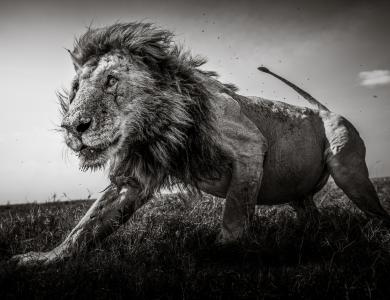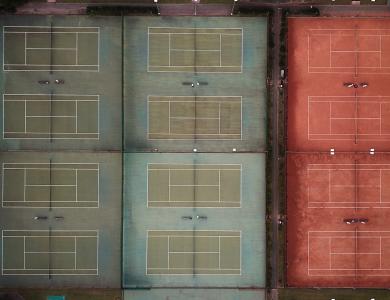To celebrate the announcement of the 2021 Sony World Photography Awards jury, we’ve launched Under Review, where every two weeks we’ll be putting one member of this year’s judging panel under the spotlight to help you go further in this year’s competitions. Next up is Professional competition jury member Richmond Orlando Mensah.
Richmond is a Ghanaian-based curator and creative director. He is the Founder and Creative Director of Manju Journal, a global art and culture platform dedicated to celebrating emerging African talents in and out of the diaspora.
His previous collaborations as content curator include Vogue Italia, i-D, PaperJournal, The Der-Greif magazine and The Photographers’ Gallery London. As a Creative Director, he has worked with brands including Tommy Hilfiger and Gucci in collaboration with London-based Black Creative Agency (AVibeCalledTech). Outside his creative capacity, Richmond Orlando Mensah has also worked with various diplomatic sectors in Ghana and Africa including; The Office of the President (Ghana), The Ministry of Foreign Affairs & Regional Integration (Ghana), The Embassy of Ghana in Cotonou (Benin) and more. He is currently working on a number of photo projects and exhibitions between Accra, Ghana and London.
Make sure you check out Richmond's takeover over on our Instagram. To coincide with Black History month Richmond picks his favourite African photographers working today.
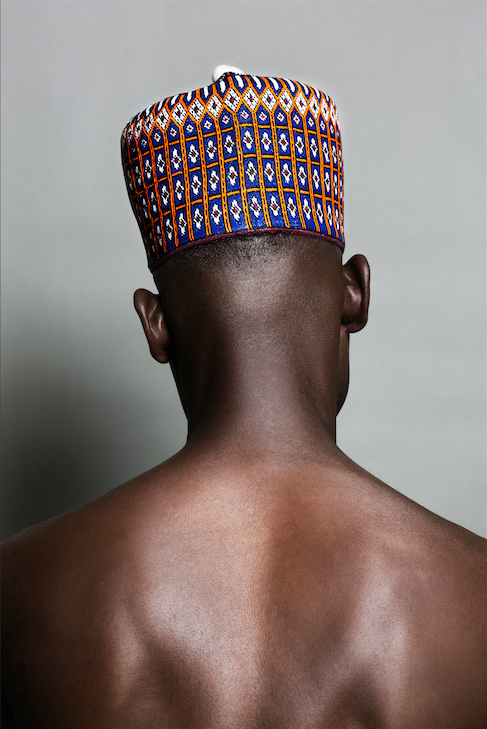
From the series ‘Are We Good Enough’ © Lakin Ogunbanwo - courtesy of the artist
To coincide with this interview you’re running a takeover on our Instagram with a collection of leading photographers. Tell us about this group, why have you selected them?
It’s a unique time and a great moment for African photography. There’s a new age of contemporary photographers who are giving Africa a voice and speaking to a cutting-edge audience. They’re capturing striking pictures of regular daily existence that are being seen throughout the world thanks to the digital age. Each of the photographers featured in the takeover celebrate the beauty and richness of modern day Africa, blackness and the culture and society linked to them. The photographers also challenge misconceptions about the way the African continent and its diaspora are viewed.
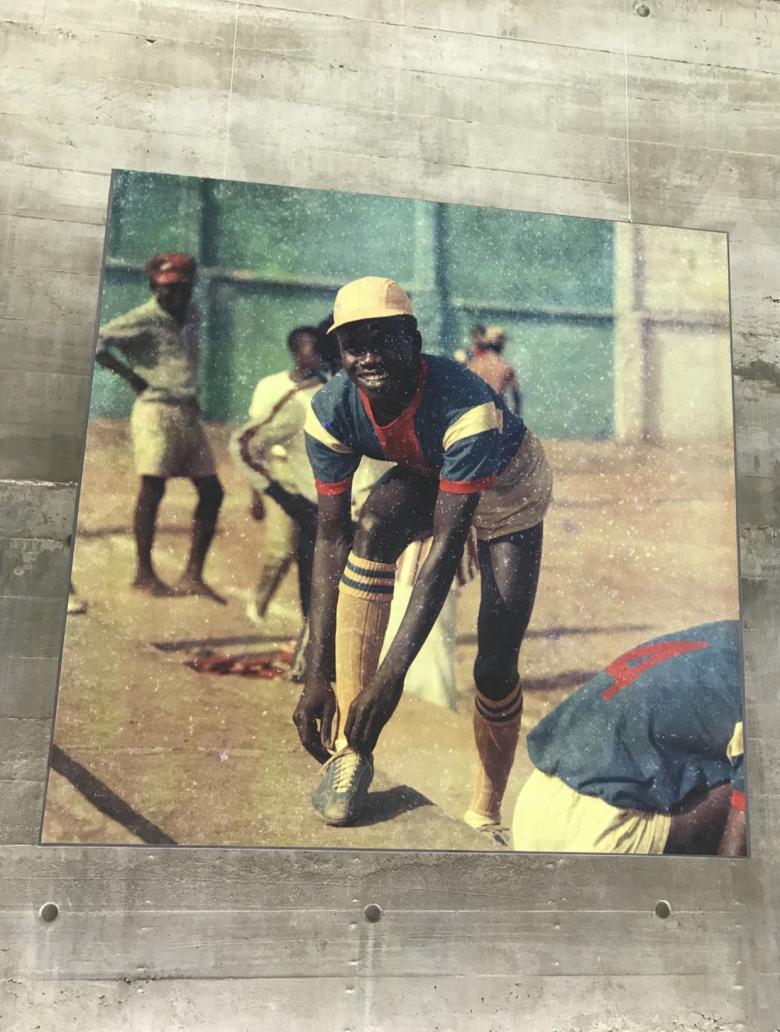
From the exhibition James Barnor: A Retrospective, 2019, courtesy of the artist and Nubuke Foundation
Your interest lies between contemporary African photography and diplomacy. How would you describe photography in Africa right now?
In the last few decades, pacesetters like James Barnor from Ghana, Seydou Keïta and Malick Sidibe from Mali, plus J.D. Okhai Ojeikere from Nigeria, have captured the beauty of the continent for a global audience. Although it’s taken a while for photography in Africa to get global recognition, a new cohort of contemporary African photographers are showcasing the ‘new Africa’ through their exquisite body of work. Senegal’s Omar Victor Diop, Nigeria’s Lakin Ogunbanwo, Ethiopia’s Aida Muluneh, Morocco’s Mous Lamrabat, Namibia’s Kyle Weeks, Ghana’s Prince Gyasi – to name just a few – are using computerized techniques to give their work exceptional gravitas and vision. Figures like British-Ghanaian writer and curator Ekow Eshun are celebrating a new generation of African photographers through his photobook Africa State of Mind: Contemporary Photography Reimagines a Continent which reflects on the psychological, physical, architectural and spiritual relationships between the ideology of ‘Africanness’ and a booming era of African-orientated photography.
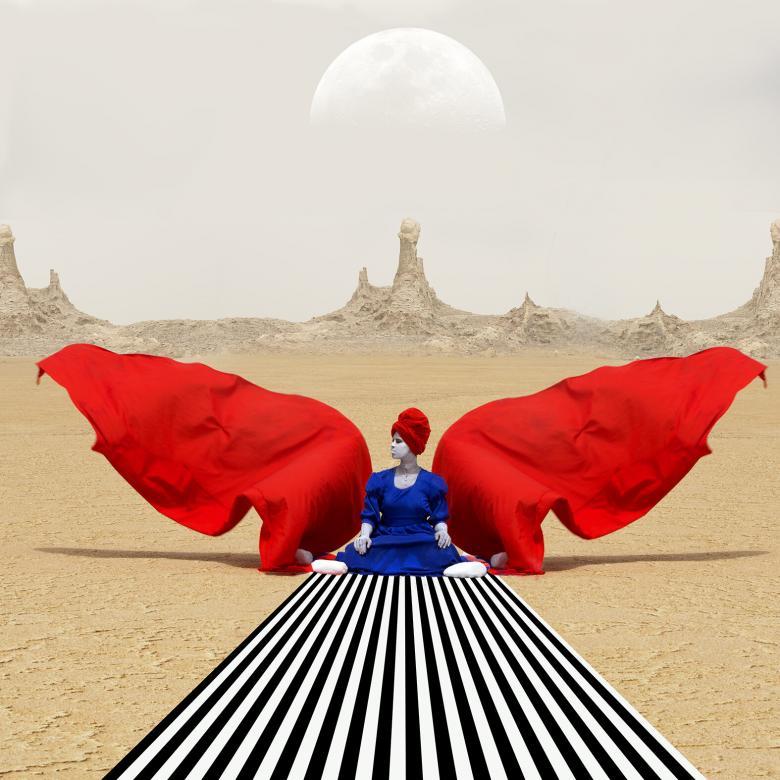
Star Shine, Moon Glow, from the series Water Life © Aida Muluneh - courtesy of the artist
You are the Founder and Creative Director of Manju Journal. What how would you describe this title?
The magazine constructively critiques culture, is dynamic and constantly learning.
Outside of your creative capacity, you’ve worked with various diplomatic sectors in Ghana and Africa. Can you tell us more about the projects you were involved in?
My interest in diplomacy has been a major passion in my life while focusing on African photography and culture. My previous job positions were with some diplomatic centers in Ghana, such as The Office of the President, where I was the Communications Officer. This was during Ghana’s Year of Return festival in 2019, where some governmental organisations like the Ministry of Tourism, Culture and Creative Arts promoted the arts and emerging artists through exhibitions and programmes. This included the Nubuke Foundation’s exhibition for James Barnor: A Retrospective, which celebrated the prolific Ghanaian photographer’s career. Barnor covered a remarkable period in history, he bridged continents and photographic genres to create a transatlantic narrative that was marked by his passionate interest in people and cultures.
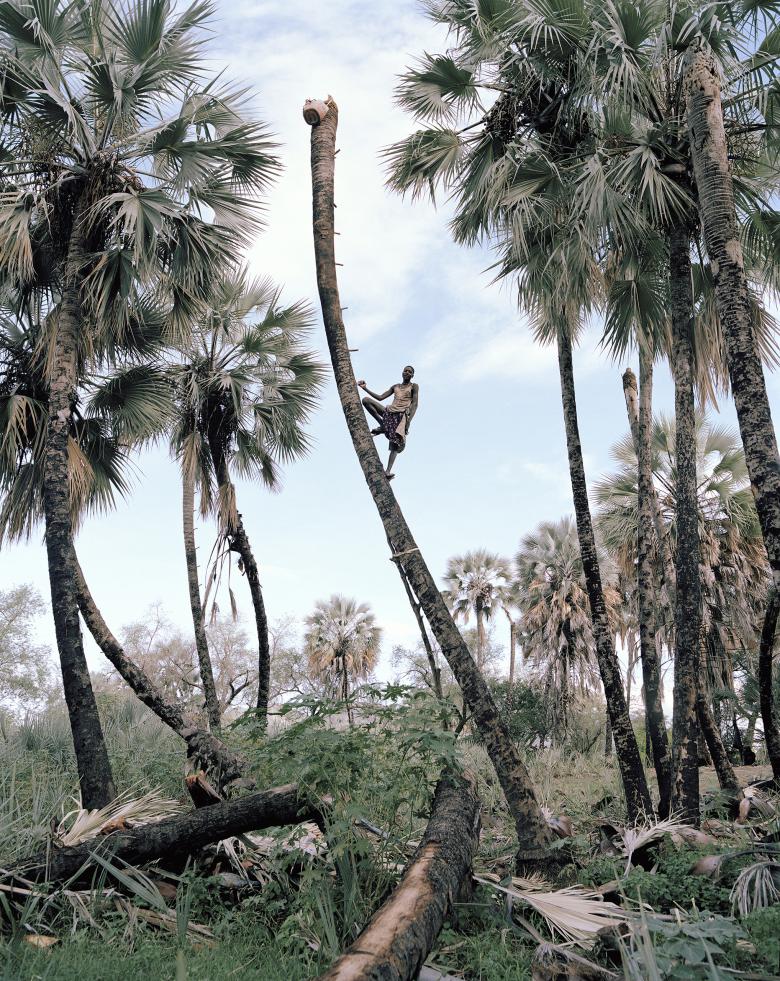
Makalani Palms near Enyandi Kunene Region, Namibia, 2015 © Kyle Weeks - courtesy of the artist
What do you hope to see in the entries to the Sony World Photography Awards 2021 Professional competition?
I’m really looking forward and am hoping to see a wide range of fresh ideas and stories from all over the world. I will look out for works that cut across broader themes in photography too. Although the judging process is done anonymously (so we won’t see the name or nationality of the photographer – I hope to see more entries from BIPOC photographers worldwide.
What are the benefits of photography competitions for the industry’s development?
One of the benefits is to showcase works from a wide range of photographers – both emerging and established – to a new audience.
When you’re looking at a photography competition entry, what comes first: the concept (or story), the approach, or the overall aesthetic?
I believe every photograph or image is backed up by a story or concept. Storytelling is very essential in photography. This makes the viewer or audience understand what an artist is trying to capture or achieve.
What will you bring to the judging panel for the 2021 Professional competition?
Enthusiasm and clarity. I don’t usually participate in judging competitions but I’m very glad to be chosen as a jury member for the Sony World Photography Awards. I have been a big fan and had a keen interest in the great work the organisation is doing for photographers worldwide.


